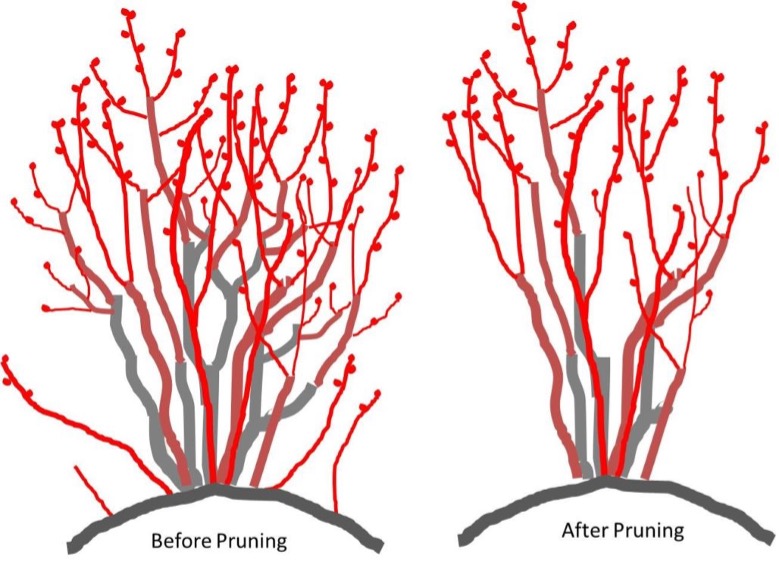Time to Prune Blueberries
go.ncsu.edu/readext?1054624
en Español / em Português
El inglés es el idioma de control de esta página. En la medida en que haya algún conflicto entre la traducción al inglés y la traducción, el inglés prevalece.
Al hacer clic en el enlace de traducción se activa un servicio de traducción gratuito para convertir la página al español. Al igual que con cualquier traducción por Internet, la conversión no es sensible al contexto y puede que no traduzca el texto en su significado original. NC State Extension no garantiza la exactitud del texto traducido. Por favor, tenga en cuenta que algunas aplicaciones y/o servicios pueden no funcionar como se espera cuando se traducen.
Português
Inglês é o idioma de controle desta página. Na medida que haja algum conflito entre o texto original em Inglês e a tradução, o Inglês prevalece.
Ao clicar no link de tradução, um serviço gratuito de tradução será ativado para converter a página para o Português. Como em qualquer tradução pela internet, a conversão não é sensivel ao contexto e pode não ocorrer a tradução para o significado orginal. O serviço de Extensão da Carolina do Norte (NC State Extension) não garante a exatidão do texto traduzido. Por favor, observe que algumas funções ou serviços podem não funcionar como esperado após a tradução.
English
English is the controlling language of this page. To the extent there is any conflict between the English text and the translation, English controls.
Clicking on the translation link activates a free translation service to convert the page to Spanish. As with any Internet translation, the conversion is not context-sensitive and may not translate the text to its original meaning. NC State Extension does not guarantee the accuracy of the translated text. Please note that some applications and/or services may not function as expected when translated.
Collapse ▲Pruning blueberries bushes is an essential part of management if you want to harvest good quality fruit. Pruning your blueberries bushes encourages new growth, prevents over growth of the bush, defines the shape and height of your bush, and can improve productivity.
Methods and Materials
We should be pruning our blueberries in the winter months while they are dormant. Tools that you might need include long handled loppers and hand pruners. Use the loppers for canes that might be 2 inches in diameter and the hand pruners for small canes or shaping your bush to your desire. When pruning, be sure to make flush cuts so that we do not leave any stubs.
Winter Pruning (November–March)
For established blueberries, start by removing any growth around the base of the bush and any growth from the ground in a 12-inch radius around the bush. Then, prune out any low angled or crossing canes or stems. The low angle branches could cause blueberries to come in contact with the ground and can make them more susceptible to disease. It is also easier to harvest blueberries at chest to head level.
It is important for most fruiting bushes or trees to open up the center. This increases air flow and remove any older canes that might be the cause of crowding. As the blueberry bush grows and the canes age, it will constantly produce small twigs that are unproductive and often times produce small berries. To avoid this, thin your bush out and make cuts that remove bushy clumps of these small twigs. You can also head-back or cut any canes that are too tall. Throughout the season it is always good to remove any dead, diseased or damaged branches.
Pruning New Plants
For newly established plants, we recommend you remove all flower buds and pruning back 1/2 to 2/3 of the height of the bush at time of planting. This will encourage healthy root establishment and vigor for the following season.
Bladen County is the top blueberry producing county in North Carolina at 5,736 acres of blueberry production. According to the 2022 NC Ag Census, North Carolina produces 38.1 million pounds in a year. With more than 100 blueberry operation in North Carolina we rank 6th in the nation for blueberry production. That is 8.5% of the nations blueberries. For more information about blueberries production and the industry, contact your local extension office.
Blueberry Information Portal- North Carolina State University





